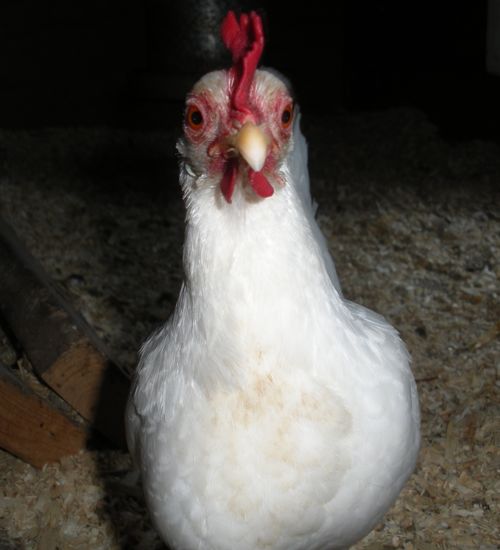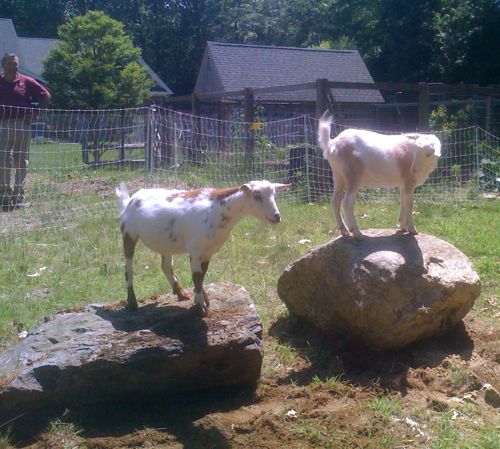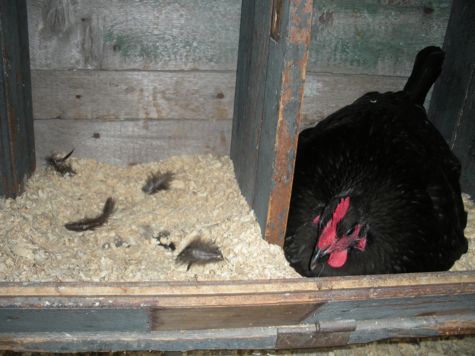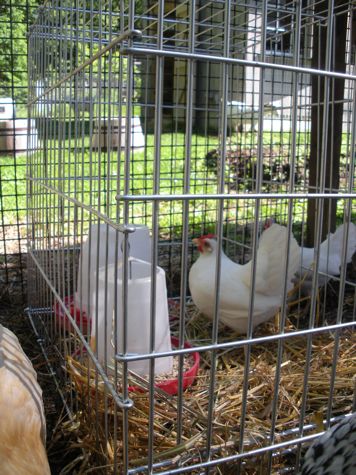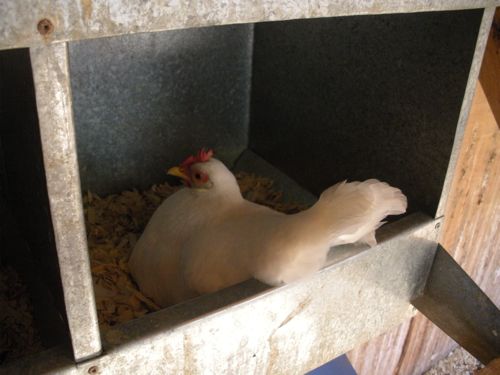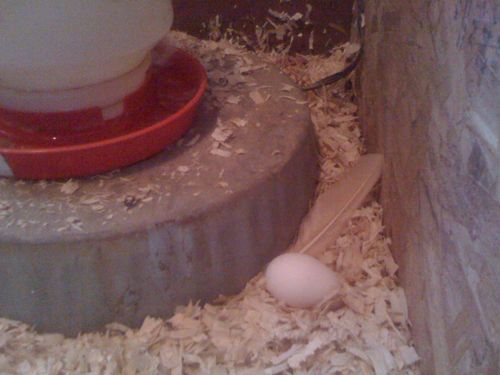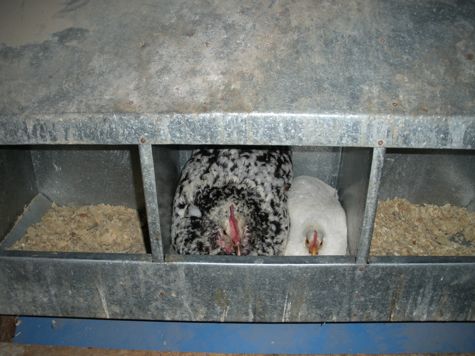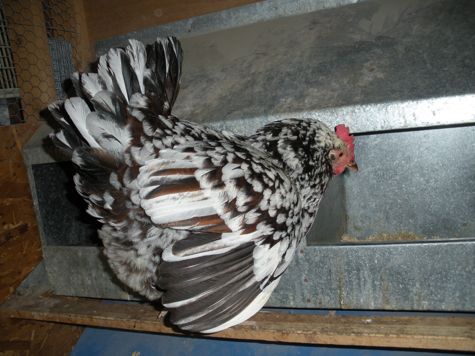I’ve had chickens for over fifteen years, and yet they still confound me! I think I know what I’m doing, and then I get that one bird, doing that one, odd thing, and I scramble around for answers. Readers of this blog ask me for advice. I know the answers to some, but not all of your queries. When that happens, the first thing that I do is check my shelf of chicken keeping books, which includes the standard by Gail Damerow, and new references by Christine Heinrichs and others (see my site chickenkeeping.com for more details.) There isn’t one book that covers everything. I have a collection of vintage books, from a time when farmers kept free-range poultry of various breeds, and before the advent of miracle drugs. They often have the best information.
There are two new books on the market with similar titles – Raising Chickens For Dummies by Willis and Ludlow, and The Complete Idiot’s Guide to Raising Chickens
by Belanger. Belanger has been a self-sufficient farmer from way back. His book reflects his practical, lifelong knowledge. The perspective is from someone who raises chickens with a purpose. There’s an excellent section on culling and butchering. Ludlow’s book reflects the newer crop of chicken keepers. He writes about meat birds, but also about layers and hens as pets. I have some quibbles about the details in his book (for example, the section on lice is incomplete.) Neither address the issues of broodiness that we’ve been discussing on this blog. Neither have comprehensive illustrations. But, both books are useful. Of the two, Belanger’s book is a good starting point for the new chicken keeper.
After looking through my library, I’ll do a web search, with, as with all web searches, a hefty dose of skepticism. There are chicken forums on the web, like BYC. It’s a great community, and there’s some good advice, but there’s also a lot of guess work and erroneous information being dispensed. Some of the state agriculture commissions have useful information. On the other hand, some are geared to commercial farmers, and the advice is wrong for the backyard keeper. I’ve got an annotated list of some good sites on chickenkeeping.com.
Ultimately, I take what I’ve gathered and make my own conclusions. I keep chickens for eggs, but also for pets. My hens are individuals to me, and each one is valuable. I’m not breeding for show, and I’m not a farmer worried about one ill animal destroying a flock of 10,000. I don’t eat my birds (but would if I had a rooster to dispense.) In short, I have my own perspective. After years of being around these animals (and, going way back, to getting a BS in animal science from UNH) I have an ability to cut through the masses of information out there and find the bits that work for me and my hens.
I’ve learned so much from my readers! I learn from what you know and what you don’t. Asking me questions gets me to delve deeper into the resources I have, and to find more. It makes me more observant. One of the pleasures of backyard chicken keeping is getting to know the animals in my care. The more you ask, the more I see.
So, what question haven’t I answered yet?
(BTW, I’ve got FAQs here. I need to add to them. Broodiness is next! What else?)
